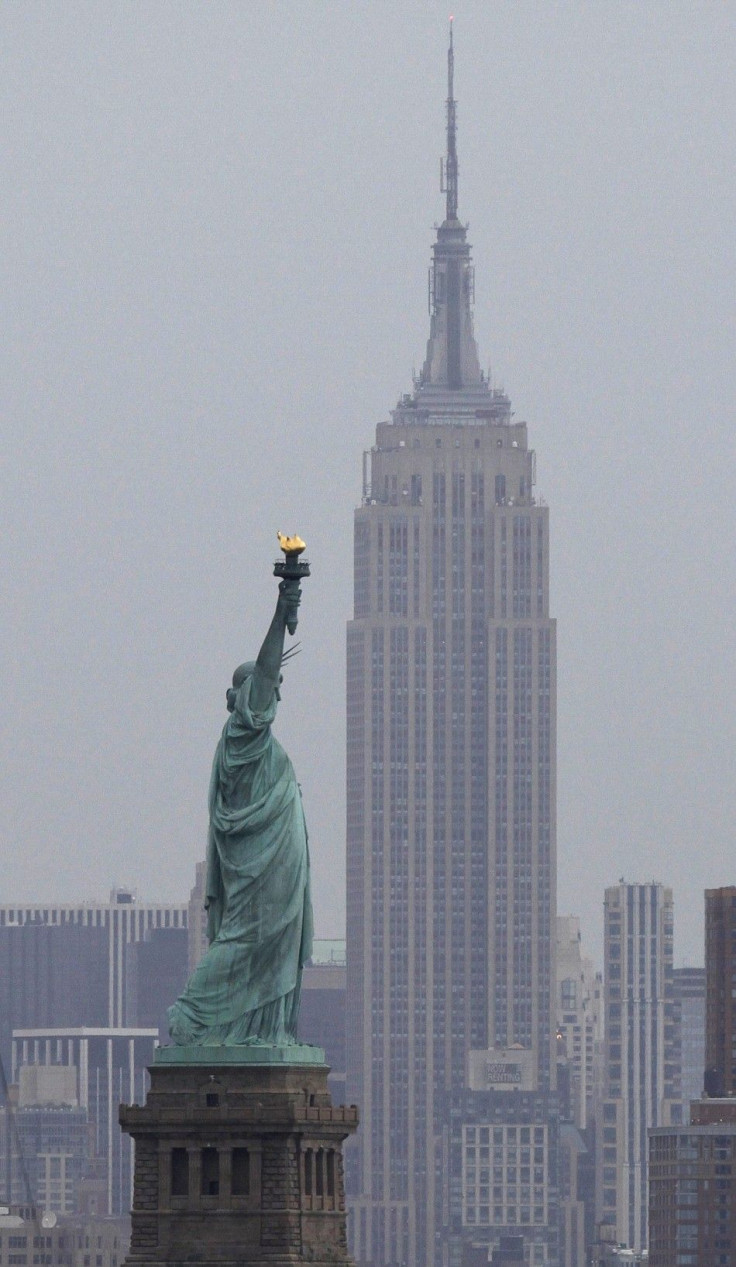Empire State Manufacturing Improved In May, NY Fed Reports

Manufacturing activity in New York state improved moderately in May 2012 as shipments rose and employment levels and hours expanded, a report from the New York Federal Reserve Bank said Tuesday.
The Empire State Manufacturing Survey index ticked up 11 points to 17.1 in May, largely erasing the surprising losses of the month before, when the index fell to just 6.6.
May's numbers substantially beat analyst expectations. Analysts surveyed by MarketWatch had predicted the index to read 9.5 for May.
Driving the overall improvement was an 18-point gain in the shipments index, which reached 24.1, its highest level in a year. The employment index remained stable, indicating that hours and employment levels would likely continue to expand. Prices paid and prices received were both positive in May, but lower, indicating that the rate of price increases slowed.
Firms estimated that the prices they paid over the past year rose 3.6 percent on average, a sharp drop from the 8.1 percent increase reported in April's survey. Respondents predicted that average prices paid would rise 3.5 percent over the coming year. Prices received were up 1.7 percent for the past year, a slight drop from the previous year, and are predicted to rise modestly to 2.1 percent over the coming year.
Slightly more than 40 percent of firms reported that conditions had improved in the past month, while 23 percent reported that they worsened. The new orders index climbed 2 points to 8.3, indicating a slight rise in orders. The unfilled orders index remained at -4.8, but inventories climbed 4 points to 4.8. Delivery time fell to zero.
Future indexes were noticeably down from April, indicating a positive but somewhat less optimistic view of the six-month outlook, according to the report. The future general business conditions index dropped 14 points to 29.3, while the new orders future index plummeted 16 points to 30.1. Future shipments also dropped 19 points to 25.3, while future prices paid climbed 7 points to 57.8, indicating that input prices may accelerate in the next six months.
Future employment remained positing, but slowing slightly. The capital expenditures index fell 12 points to 19.3, and the technology spending index fell 6 points to 12.1.
© Copyright IBTimes 2025. All rights reserved.





















